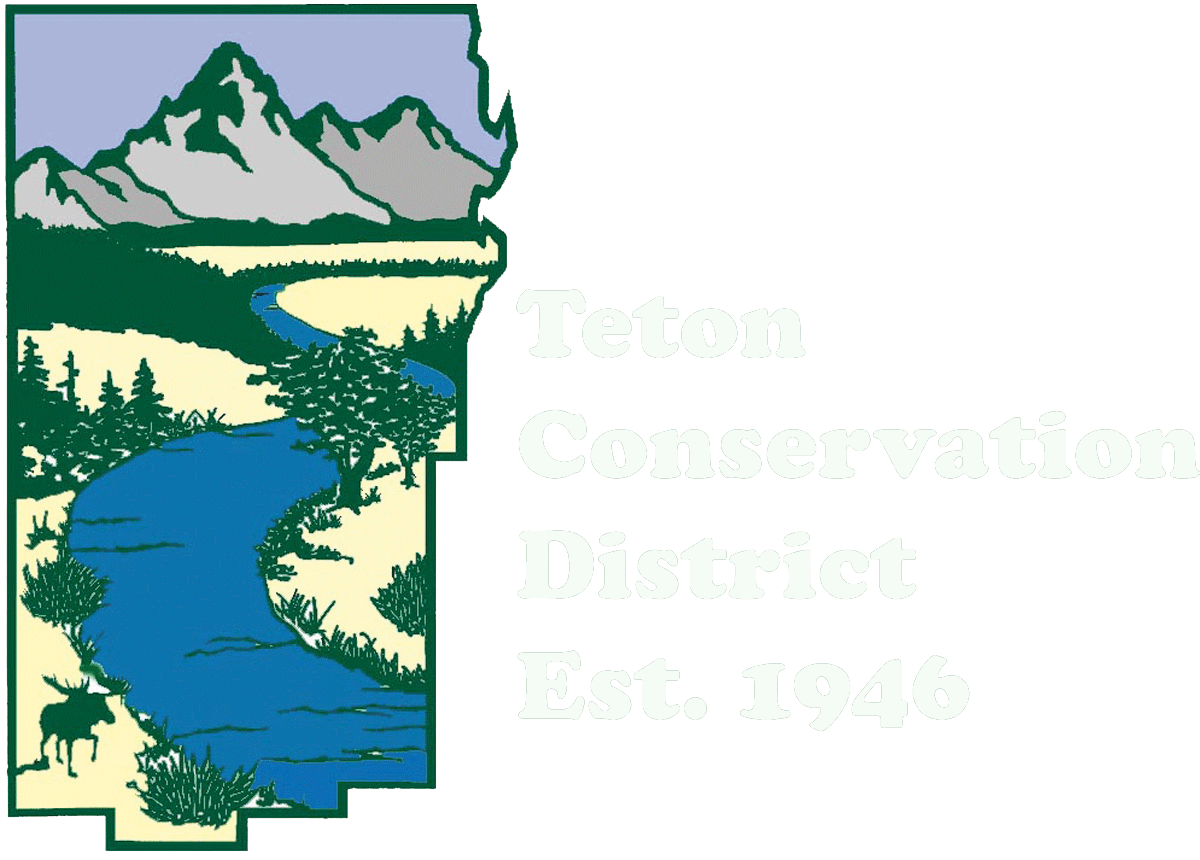Invasive Species
There are approximately 50,000 non-native or invasive plant species nationwide. They cause billions of dollars worth of expenditures in damages to crops, costs in treatment, habitat restoration, and other associated expenses. Moreover, 42% of threatened and endangered species are at risk at least partially as a result of invasive species; approximately 18% are at risk primarily as a result. Community awareness about the threat posed by invasive species is key to preventative invasive species control.
WEED WARRIORS
Sign up below to participate in Weed Warriors — a group of volunteers who get together to mechanically control of invasive species around the Valley. This is a great opportunity to bolster your knowledge of invasive and native plants, while enjoying the outdoors, making new friends, and protecting wildlife habitat!
playcleango
As partners in the PlayCleanGo campaign, Teton Conservation District is dedicated to working with the community to care for natural resources through preventing the spread of invasive species. Stop the spread of invasive species in your tracks by remembering to:
Remove plants and mud from boots, gear, pets and vehicles.
Clean your gear before entering and leaving the recreation site.
Stay on designated roads and trails.
Use certified or local firewood and hay.
Invasive Species Identification and Control Priorities
The Teton County Weed and Pest District maintains a list of weed and pest control priorities, including noxious weeds.
Leafy spurge that was identified and controlled with private landowner support
Rare Infestation: This priority category includes highly invasive exotic plants that pose the largest threat to native plant communities and the ecosystem . Early detection followed by a rapid response is key. The goal is total eradication of these plants within Teton Conservation District.
Localized Infestation: These species listed in this category are considered highly invasive and pose a high threat to native plant communities. The goal with this category is to contain and reduce current infestations while preventing new infestations.
Regional Infestation: These species are established but within localized areas. The goal is to contain existing infestations, respond to new infestations, and stop the spread of these species.
Widespread Infestation: These species are already established in large numbers. The goal is to prevent further spreading and containment of current infestations.
Links and resources
Jackson Hole Weed Management Association (JHWMA)
The JHWMA is a collaboration of public and private organizations in the Jackson Hole area, and serves to coordinate on weed management activities for effectiveness and efficiency.
Teton County Weed and Pest District
The Teton County Weed and Pest District is a county agency charged with implementing and pursuing an effective programs for the control of designated and declared weeds and pests.



